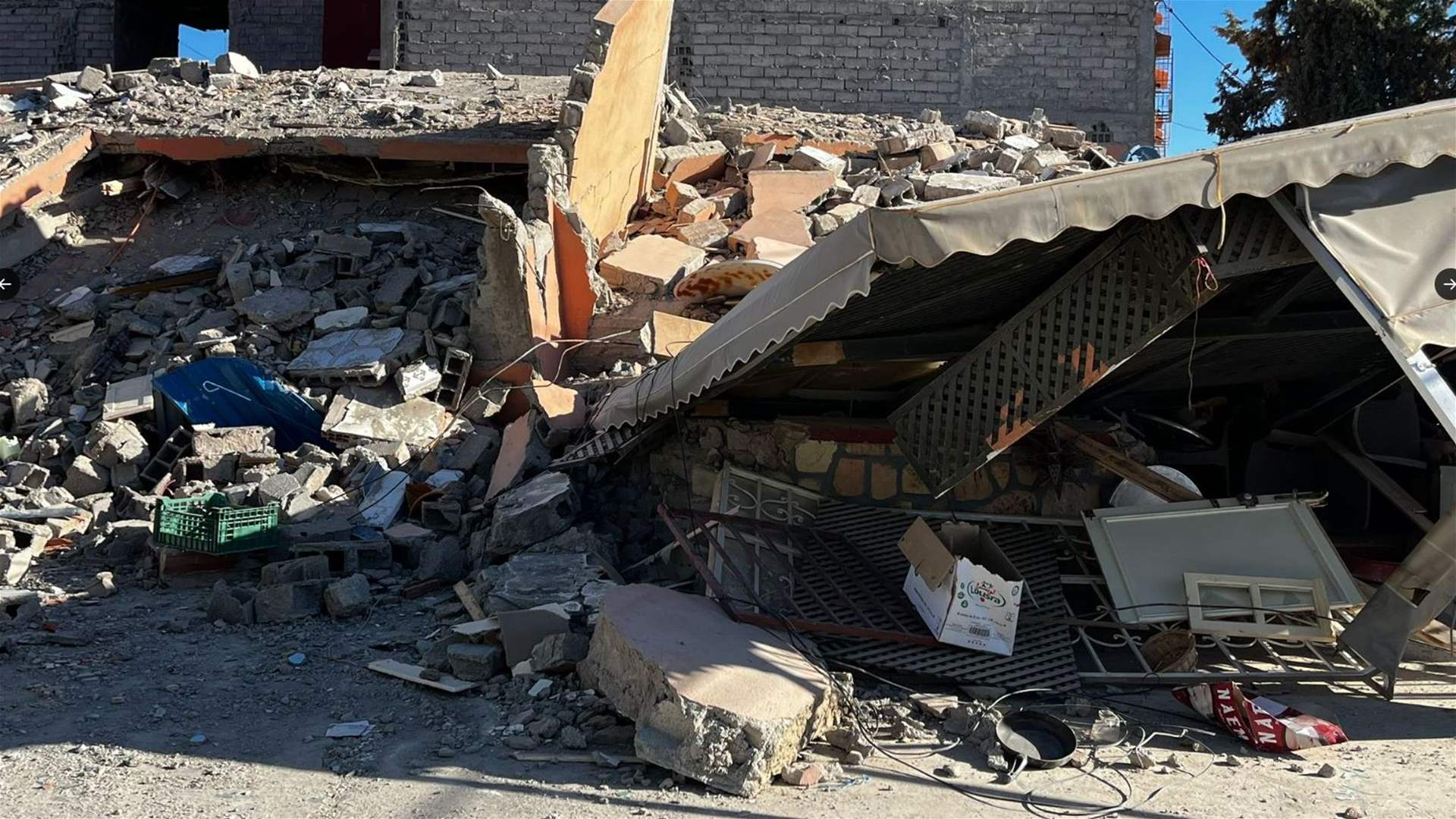On Friday, September 8, a powerful earthquake measuring 6.8 on the Richter scale shook Morocco, leaving behind a trail of destruction and a significant loss of life.
Staggering Loss of Lives
In an update on Sunday, September 10, the Moroccan Ministry of the Interior revealed that the death toll due to this catastrophic earthquake has surged to a staggering 2,012 individuals. Moreover, 2,059 people have suffered injuries, with 1,404 of them in critical condition.
Widespread Impact Across Regions
The aftermath of the earthquake has left its mark across several regions in Morocco, including Al-Huz, Tarudant, Shisava, Verzazat, Marrakesh, Azila, Agadir, Casablanca, and Yusifiyyah.

Relentless Search and Rescue Operations
Morocco’s military, local government, security forces, and civil defense teams continue their relentless efforts in search and rescue operations. They are actively providing essential humanitarian aid to the affected areas.
Assistance Amid Chaos
Security forces and civil defense teams have deployed their personnel to assess the extent of damage caused by the earthquake. They are actively providing essential assistance to those in dire need. Amid the chaos, authorities urge residents to stay calm and avoid unnecessary panic.
Frantic Efforts to Save Lives
Rescue teams in Morocco are working tirelessly, undertaking dangerous missions to save individuals trapped beneath the rubble of collapsed buildings.
Infrastructure Challenges
However, extensive infrastructure damage and road closures caused by the earthquake pose significant challenges to accessing the affected areas.
International Response and Coordination
The Turkish Red Crescent closely monitors the situation and actively coordinates with international aid groups and other relevant authorities in the region to ensure an effective response.
Historically Significant Earthquake
The Moroccan National Institute of Geophysics reports that this earthquake marks one of the most powerful seismic events to strike North Africa in the past century.
Epicenter and Magnitude
According to data from the United States Geological Survey (USGS), the earthquake’s epicenter was recorded around 23:00 local time (22:00 GMT), situated approximately 75 kilometers southeast of Marrakesh, at a depth of 18.5 kilometers.
Eyewitness Accounts and Media Coverage
Videos shared on social media capture the dramatic moments and widespread impact of the earthquake, showing masses of people filling the streets.
A Dire Situation in Marrakesh
The situation in the Marrakesh region is particularly dire, with numerous buildings reported to have collapsed, leaving residents trapped beneath the debris.
Cultural Heritage Loss
Local media has reported extensive damage to buildings, including the renowned red walls that encircle the historic old town of Marrakesh, a UNESCO World Heritage Site.
Aftershock Concerns
In the wake of the initial earthquake, concerns about aftershocks persist, further complicating rescue and recovery efforts.
Neighboring Nations Affected
The earthquake’s tremors also affected neighboring countries, including Algeria and Mauritania.
Humanitarian Aid Initiatives
Moroccan authorities have launched humanitarian initiatives to deliver vital aid to the areas severely affected by the earthquake, as reported by the state news agency MAP.
A Harrowing Reminder
This catastrophic event serves as a harrowing reminder of the devastating impact that natural disasters can have on communities and regions. Morocco faces a long road to recovery in the wake of this tragedy.
Reflection on Past Tragedy
In 2004, Morocco experienced another catastrophic earthquake, measuring 6.3 on the Richter scale, which struck northeastern Morocco. This previous earthquake claimed the lives of over 600 individuals and left many others injured.
